If you have read any of my previous posts, you may have noticed a small but growing common thread running through them: the Olympus OM range of compact SLR cameras. I have been using them since early 2016, starting with a borrowed an OM30 from a good friend at the start of my Vinyl Factory photo project. It is good, but requires a stack of five (yes five) little LR/SR44 cells to work! The advance clutch also slipped a few times causing frame overlaps indicating it needed attention. Then, having been bequeathed a “2 Spot” (to use a colloquialism) and bought a used OM2n, I had, inevitably I suppose, begun to hanker after the original. The Olympus OM1.
Much has been written by others on the tech specs of the OM1 on this site and others, so I’m not going to add to the chorus – you can read the timeline story if you want to here.
I’d learned to expose film ‘correctly’ with my late fathers Pentax K1000 through a City & Guilds evening class at a local college in my early twenties. The directness of the all manual camera with a simple needle meter in the viewfinder had been all I’d known. Having used other types of exposure metering in camera since, it now appealed even more. I still cannot believe I sold that camera and all the accessories both he and I had acquired.
Most of the simplicity I was looking for had effectively been achieved with the OM2n in manual mode. This stripped back appeal is something talked about very well by Hamish here. However I often found myself falling back on the excellent aperture priority Auto setting. You can find this all too easily on the little top plate switch on either the “2Spot” or the 2n. I had to change this situation.
After watching a few on Ebay etc. in various conditions, I eventually pulled the trigger on a fully overhauled, early serial, black paint body only from Luton Camera Repair Service. My camera came supplied with a battery conversion, new light seals plus all cleaned and calibrated. There was also just a smidgen of wear to the pentaprism housing paint on the most appropriate corners. Quite an indulgence in my book. Singularity achieved.
Getting back to basics was the intention here. No exposure compensation, and limited manual shutter settings from 1 – 1000th. This means that I have to take a more considered approach to my photography. I have also found that I’ve started to assess light by eye more. Working with Sunny-16 as a starting point, then confirming with the needle; it’s slow progress but I’m getting better. It’s nice to have the meter to confirm or otherwise my initial assessment.
Using the OM1 brings joy to the photography process, with both shutter and aperture dials on the lens barrel, like the 35 SP rangefinder I shoot also, making adjustments with my eye to the big bright viewfinder a breeze
Below are a selection of images for my first couple of rolls with this camera, all either home developed if black and white and scanned by the same lab as my colour film. Colour film processed and scanned at the excellent True Colour Imaging.
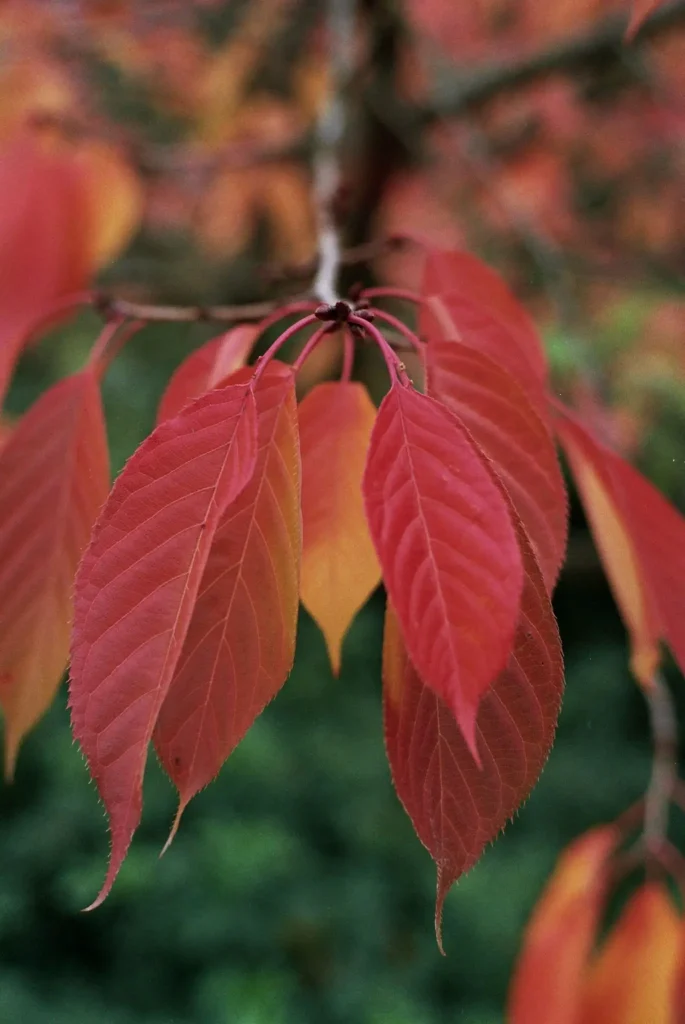
Fuji 400
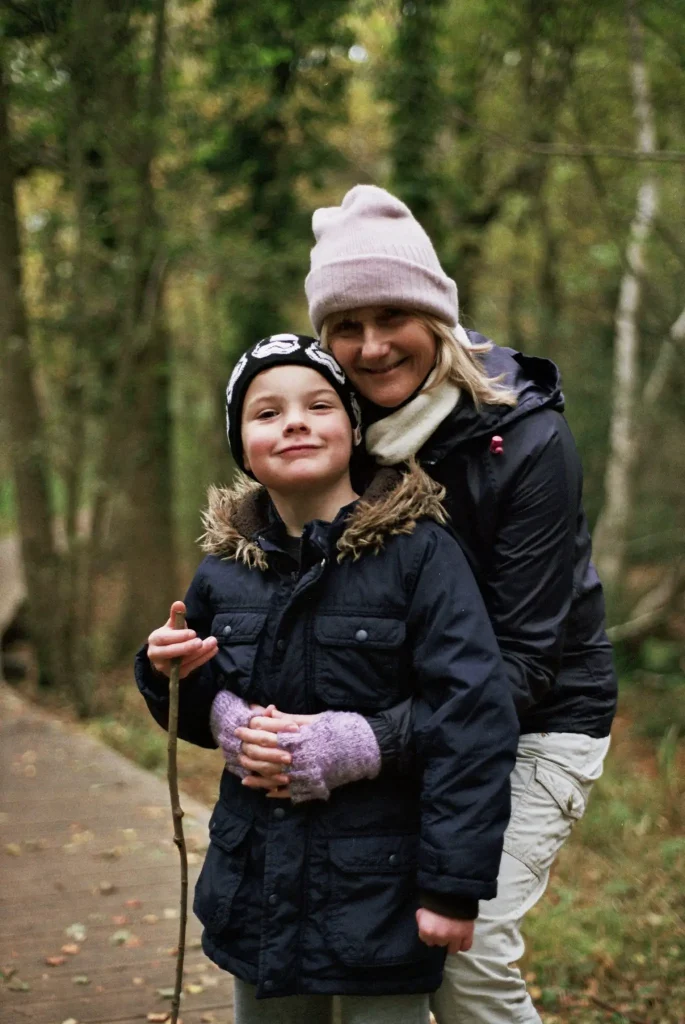
Fuji 400
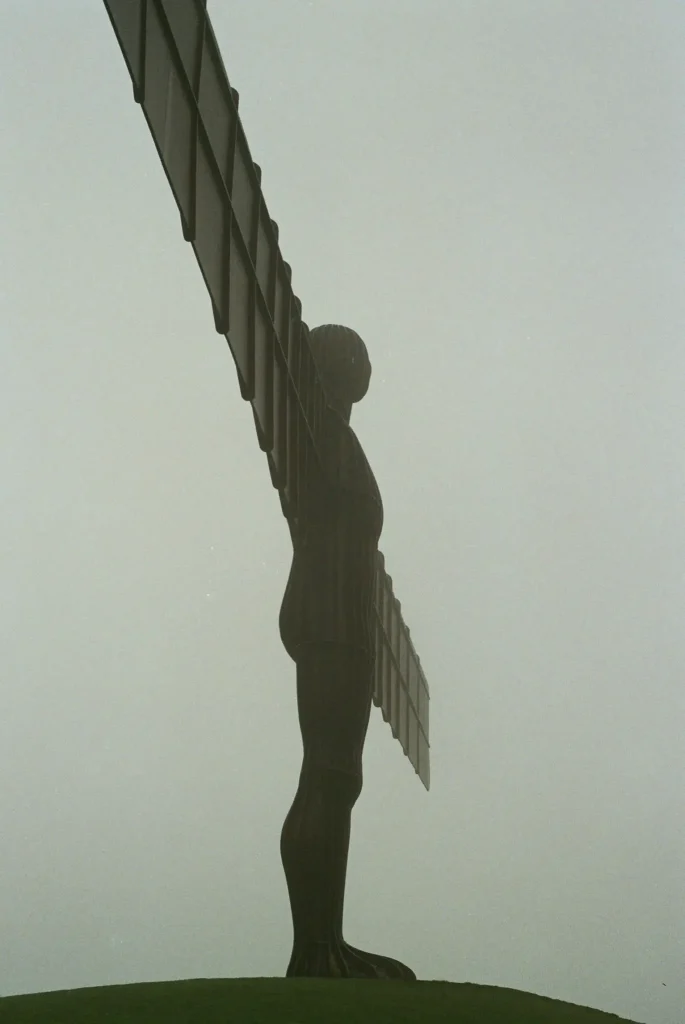
Fuji 400
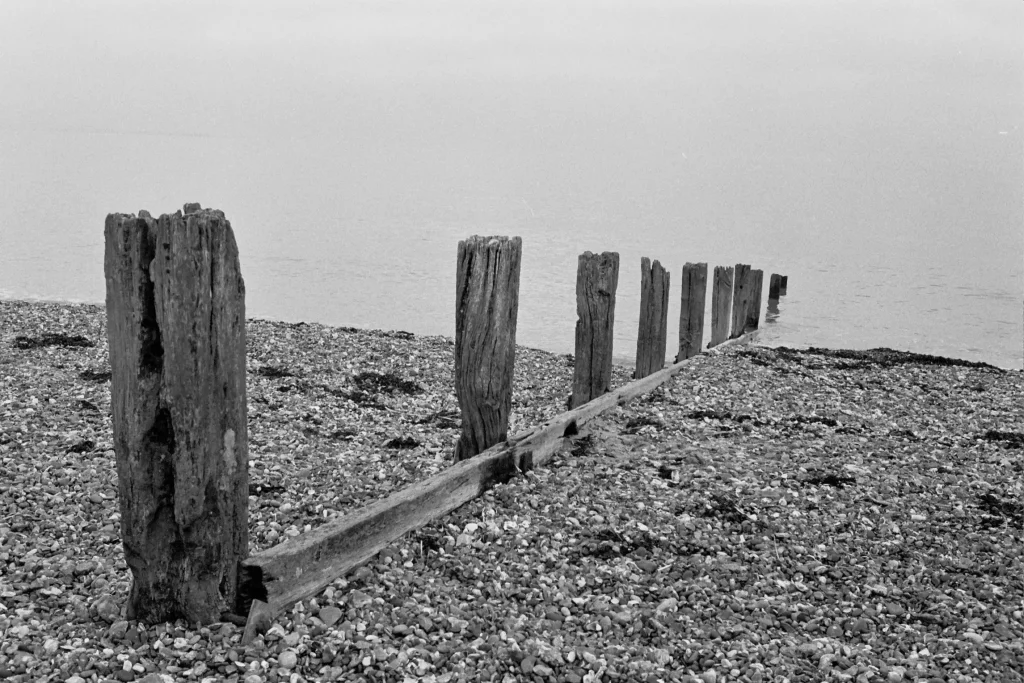
Ilford HP5+
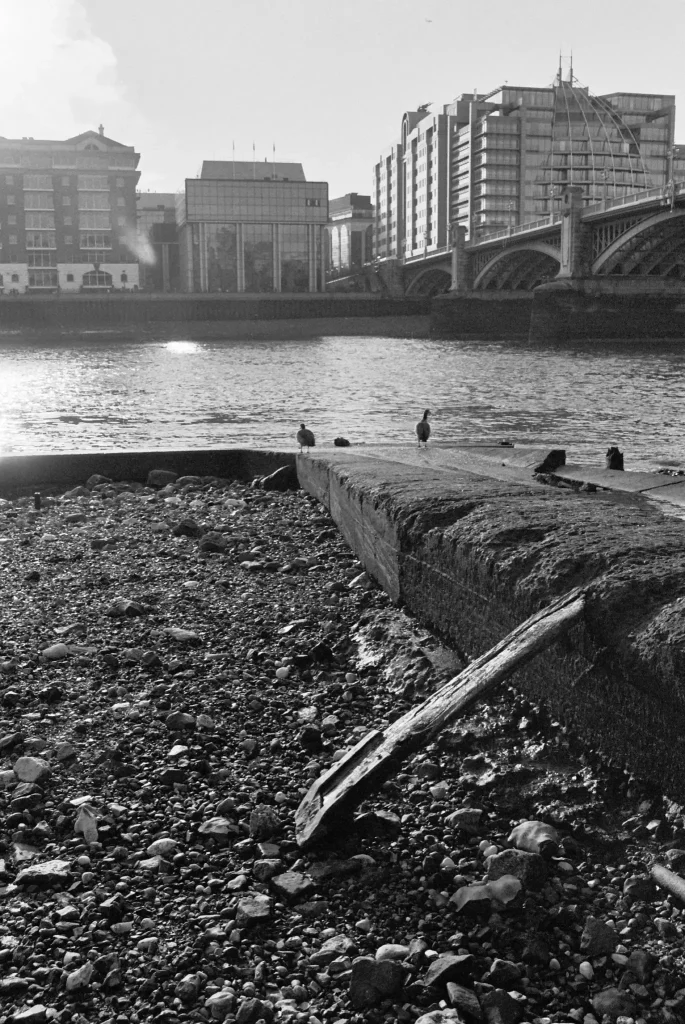
Ilford HP5+
If you would like to keep in touch with my work, visit either of the following:
www.julianhiggsphoto.com
www.instagram.com/julian.higgs
Share this post:
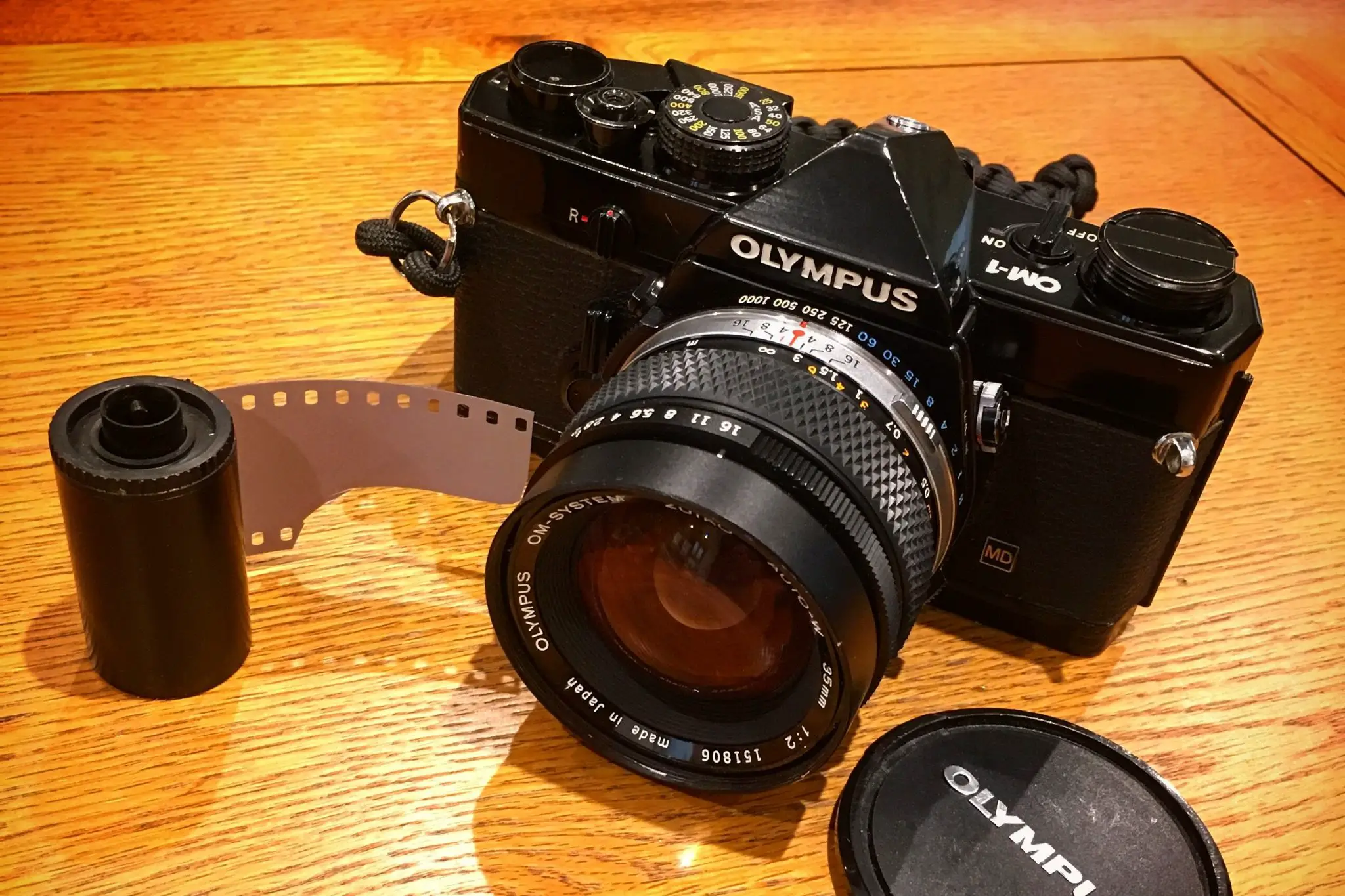
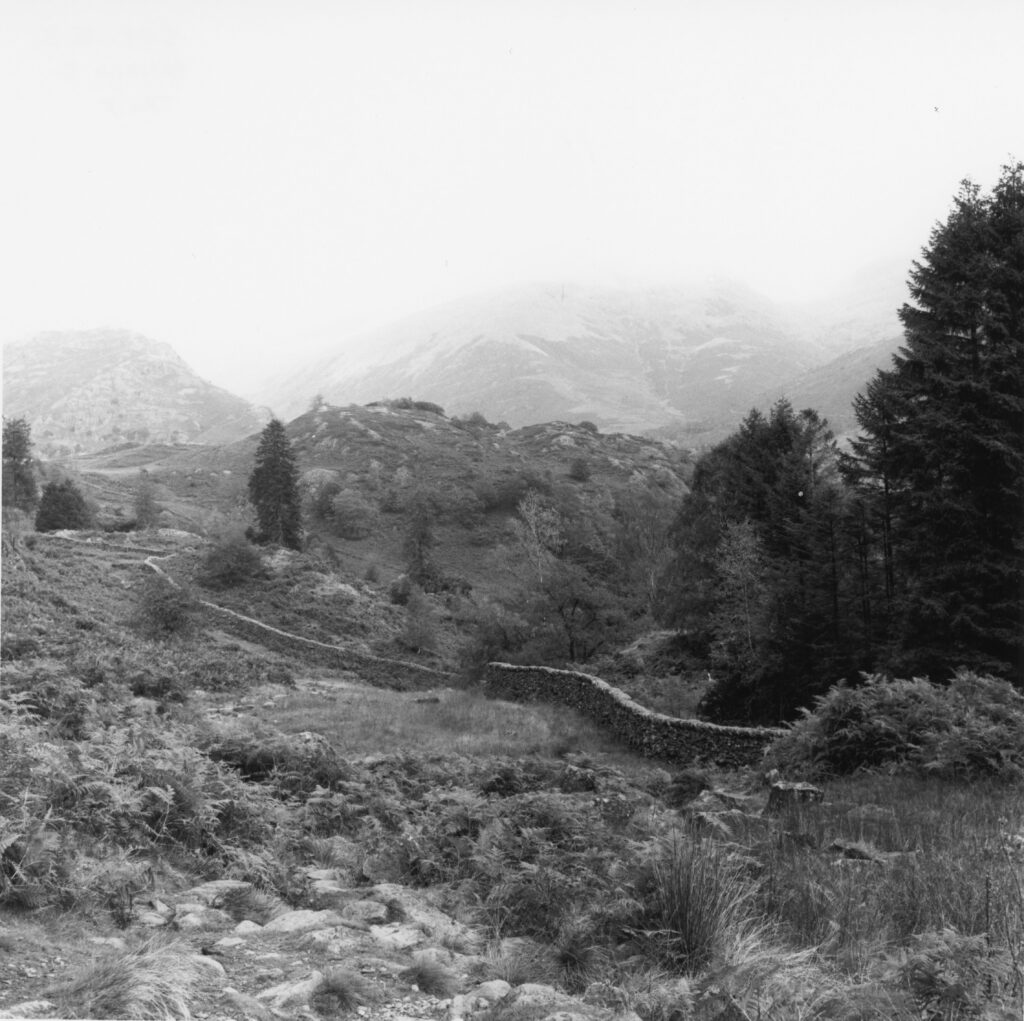
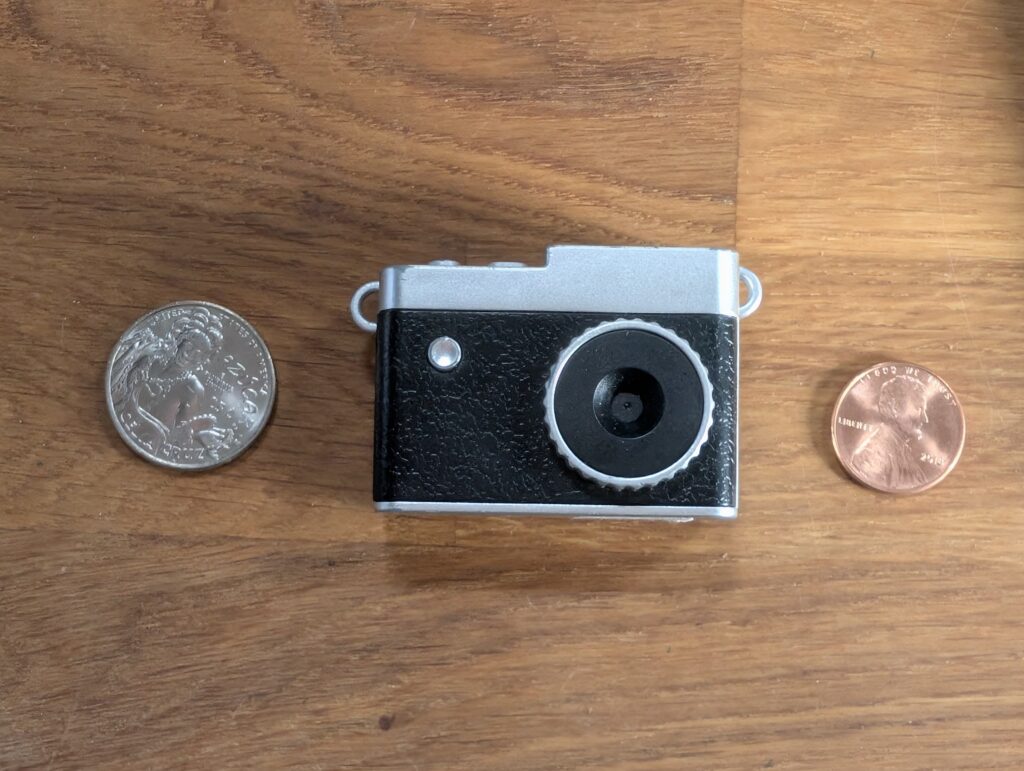
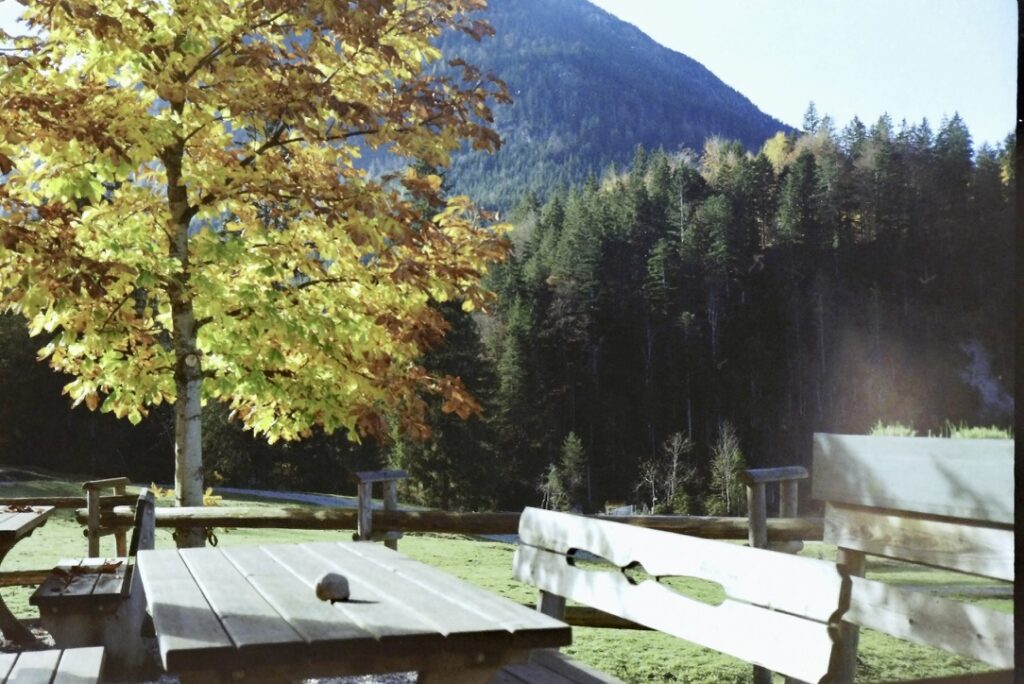





Comments
Lori on 5 Frames With An Olympus OM1 MD & Ilford HP5+ – By Julian Higgs
Comment posted: 13/03/2019
Comment posted: 13/03/2019
Bill B on 5 Frames With An Olympus OM1 MD & Ilford HP5+ – By Julian Higgs
Comment posted: 14/03/2019
Comment posted: 14/03/2019